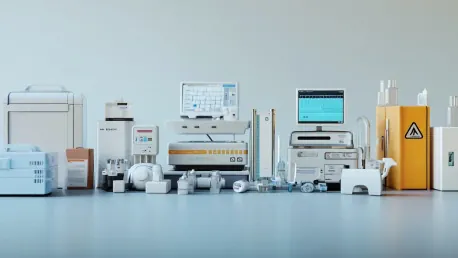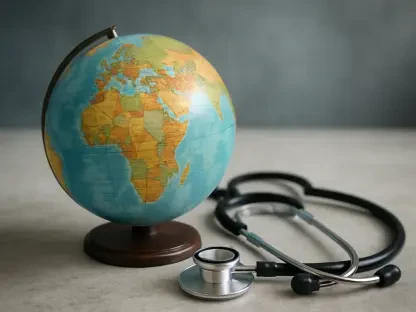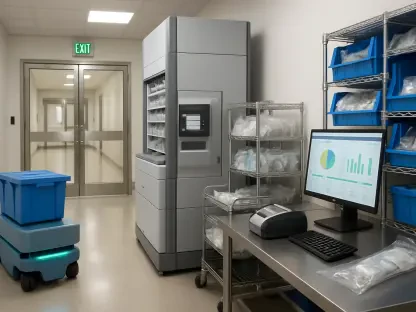The introduction of tariffs by the Trump administration has created significant disruptions within various economic sectors, with the medical device industry feeling a profound impact. Medical devices are crucial for numerous healthcare procedures, and any disruption in their supply can have far-reaching consequences. Healthcare providers, patients, and overall public health are at risk from these economic policies, which appear to have made essential medical devices less accessible and more expensive.
Supply Chain Disruptions
One of the most significant concerns highlighted by industry leaders is the severe effect that these tariffs have had on the supply chain for medical devices. The CEO of a major medical device manufacturer has warned that these policies could result in critical shortages. Many components used in the manufacturing of medical devices are sourced globally, and tariffs on these imports increase production costs, making it economically challenging for companies to maintain their supply levels. This potential shortage in supply affects the availability of life-saving equipment in hospitals and clinics, thereby jeopardizing patient care and disrupting essential services.
Not only do the tariffs make the raw materials and components more expensive, but they also introduce delays in the manufacturing process. Increased customs checks, longer shipping times, and complicated logistics all contribute to a lag in production timelines. Hospitals and healthcare providers may face not only higher costs but also longer wait times for the procurement of essential devices. This double burden could have a trickle-down effect, harming the very core of patient-centric medical care and exacerbating the challenges faced by the healthcare system in meeting public demand promptly.
Impact on Healthcare Costs
The economic implications of these tariffs extend well beyond the supply chain and deeply into the operational costs of healthcare providers. With increased baseline costs for medical devices, hospitals and clinics are forced to allocate a larger portion of their budgets to procure these essential tools. This increase in operational expenses often translates directly into higher costs for patients. As providers try to balance their books, patients might see an increase in their out-of-pocket expenses, insurance premiums, and overall healthcare costs. These increased financial pressures could deter individuals from seeking timely medical care, leading to worsened health outcomes.
The broader public health implications are alarming. A healthcare system grappling with higher equipment costs is less efficient and potentially less effective at delivering care. The increased costs could particularly affect vulnerable populations, including the uninsured and underinsured, who already face significant barriers to accessing healthcare. By making medical devices more costly, tariffs effectively put an additional strain on a healthcare system already struggling with affordability issues, risking widened disparities in access to necessary medical procedures and treatments.
Possible Future Considerations
The implementation of tariffs by the Trump administration has caused considerable disturbances in different sectors of the economy, with the medical device industry being particularly affected. Medical devices are integral to countless healthcare procedures, and any interruption in their supply can lead to widespread ramifications. These tariffs have resulted in essential medical devices becoming less accessible and more expensive, affecting healthcare providers, patients, and the general public’s health. Such economic policies have presented significant challenges by making it harder to obtain necessary medical equipment. This situation poses serious risks to public health, as these devices play a vital role in the diagnosis, treatment, and management of various health conditions. The increased costs make it difficult for healthcare facilities to maintain adequate inventories, which in turn can lead to delays in treatment and adversely affect patient care outcomes. Consequently, the tariffs could undermine the overall efficiency and effectiveness of healthcare delivery systems across the country.









